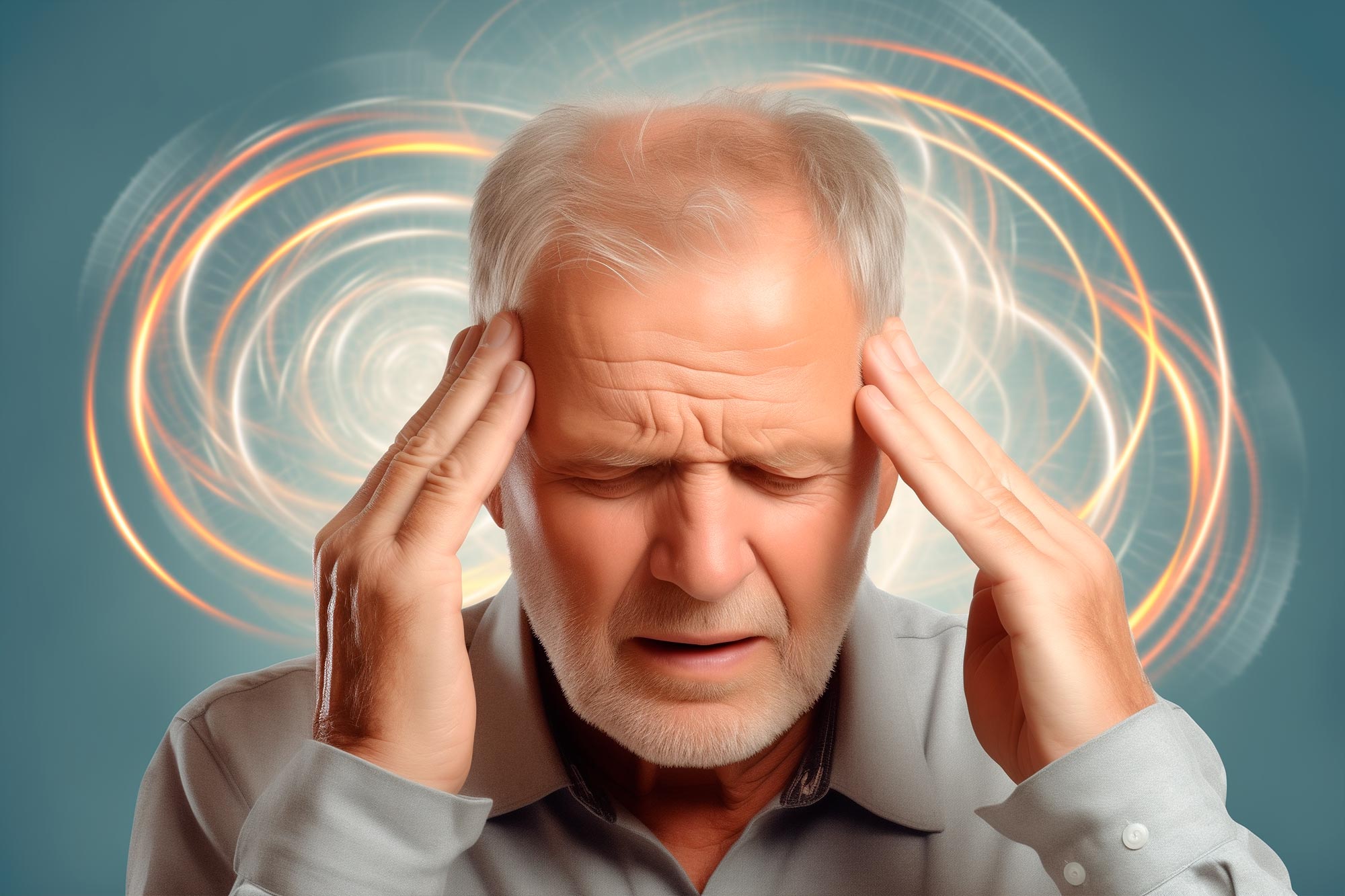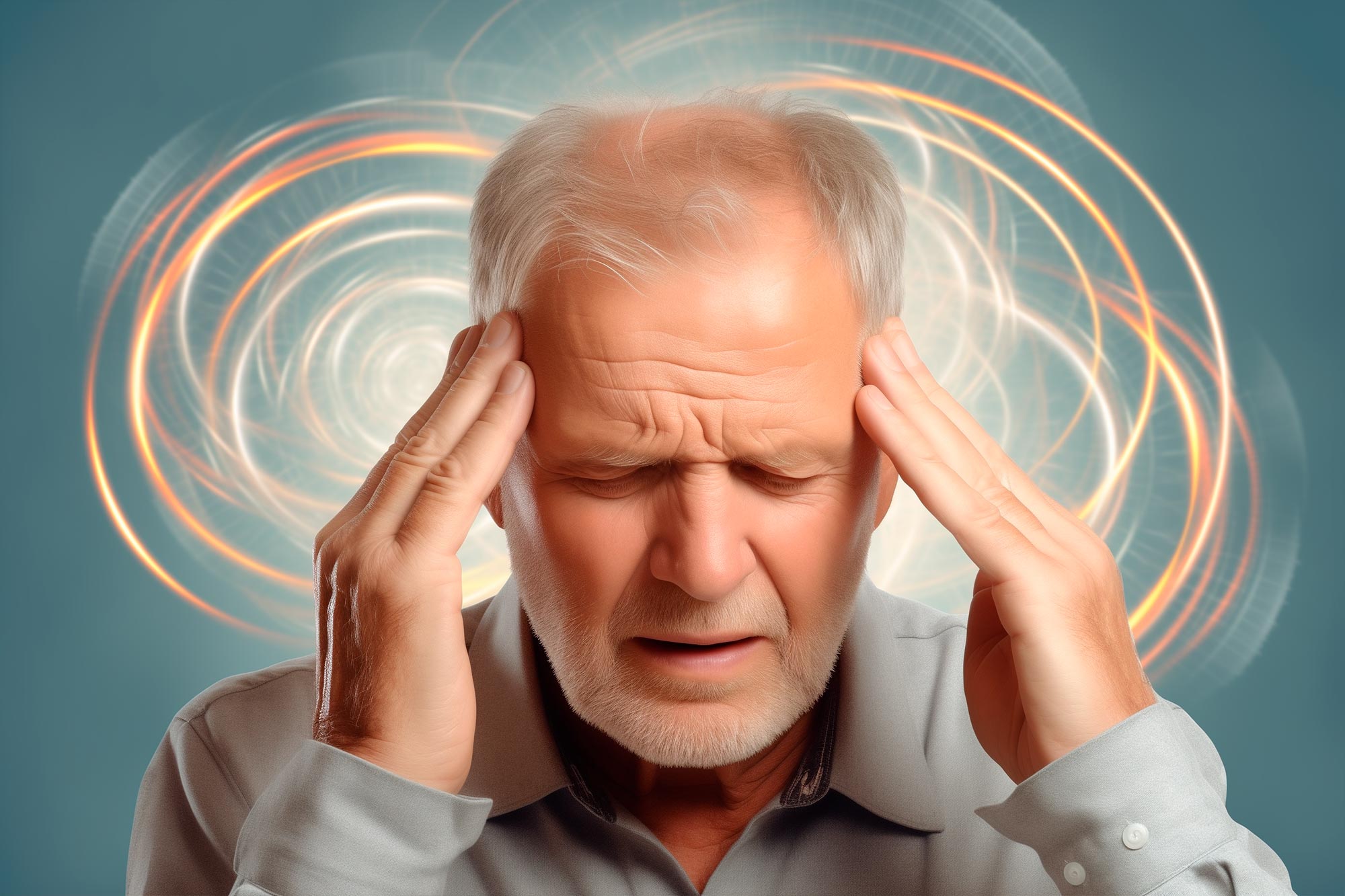
Researchers found that hearing loss in older adults is linked to brain changes in areas related to sound processing and executive functions, potentially increasing the risk of dementia. Protective measures such as hearing aids and avoiding loud noises are suggested to mitigate this risk.
Compensatory Brain Changes May Increase Dementia Risk Associated with Hearing Impairment
Hearing loss affects more than 60 percent of adults aged 70 and older in the United States and is known to be related to an increased risk of dementia. The reason for this association is not fully understood.
Research on Hearing Impairment and Brain Changes
In a quest to fully grasp this connection, scientists from the University of California San Diego and Kaiser Permanente Washington Health Research Institute conducted hearing tests and magnetic resonance imaging (MRI) to explore the correlation between hearing impairment and differences in specific brain regions.
Study Findings
Published in the November 21, 2023 issue of the Journal of Alzheimer’s Disease, researchers revealed that participants in their observational study displayed microstructural differences in the auditory areas of the temporal lobe as well as in the frontal cortex involved with speech and language processing, and areas responsible for executive function.
According to principal investigator Linda K. McEvoy, Ph.D., UC San Diego Herbert Wertheim School of Public Health and Human Longevity Science professor emeritus and senior investigator at the Kaiser Permanente Washington Health Research Institute, “These findings suggest that hearing impairment might lead to changes in brain regions related to sound processing and attention. The extra mental effort to comprehend sounds may trigger brain changes that heighten the risk of dementia.”
Preventive Measures and Study Methodology
“If so, interventions that help reduce the cognitive effort required to understand speech — such as the use of subtitles on television, live captioning, hearing aids, and seeking quiet environments — could be important in safeguarding the brain and reducing dementia risk,” explained McEvoy.
The analysis, designed and led by McEvoy and co-authored by Emilie T. Reas, Ph.D., was based on data collected from the Rancho Bernardo Study of Health Aging, a longitudinal cohort study of residents of the Rancho Bernardo suburb in San Diego that launched in 1972. For this analysis, 130 study participants underwent hearing threshold tests in research clinic visits between 2003 and 2005 and subsequently underwent MRI scans between 2014 and 2016.
Conclusion and Recommendations
The study’s results imply that hearing impairment is associated with specific brain changes resulting from sensory deprivation and the increased mental effort needed to understand auditory stimuli.
“The findings stress the importance of protecting one’s hearing by avoiding prolonged exposure to loud sounds, using hearing protection when exposed to loud tools, and minimizing the use of ototoxic medications,” said co-author Emilie T. Reas, Ph.D., assistant professor at the UC San Diego School of Medicine.
Reference: “Elevated Pure Tone Thresholds Are Associated with Altered Microstructure in Cortical Areas Related to Auditory Processing and Attentional Allocation” by Linda K. McEvoy, Jaclyn Bergstrom, Donald J. Hagler Jr, David Wing and Emilie T. Reas, 21 November 2023, Journal of Alzheimer’s Disease.
DOI: 10.3233/JAD-230767
Co-authors include: Jaclyn Bergstrom, Donald J. Hagler Jr, David Wing, and Emilie T. Reas, all of UC San Diego.
This research was funded, in part, by the National Institute on Aging (R00AG057797, R01AG077202, R01AA021187) and the American Federation for Aging Research/McKnight Foundation (311122-00001). Data collection for the Rancho Bernardo Study of Healthy Aging was provided primarily by the National Institutes of Health (HV012160, AA021187, AG028507, AG007181, DK31801, HL034591, HS06726, HL089622). Archiving and sharing of Rancho Bernardo study data was supported by the National Institute on Aging (AG054067).
Disclosures: Donald J. Hagler Jr is listed as an inventor on US Patent 9,568,580, 2017, “Identifying white matter fiber tracts using magnetic resonance imaging (MRI).” Other authors report no conflicts of interest.


